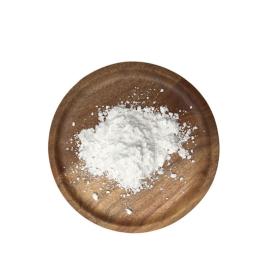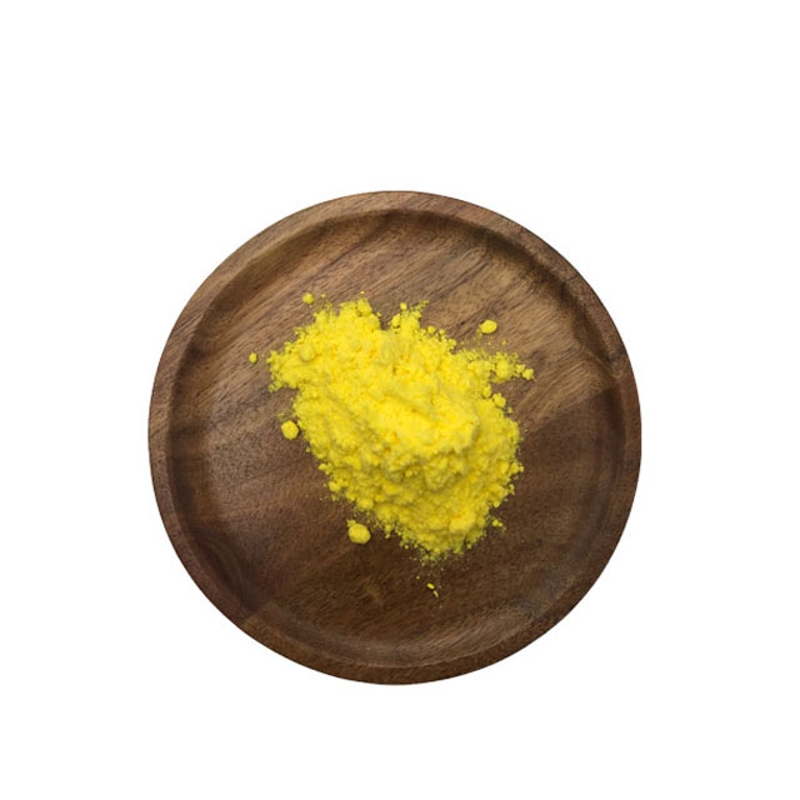-
Categories
-
Pharmaceutical Intermediates
-
Active Pharmaceutical Ingredients
-
Food Additives
- Industrial Coatings
- Agrochemicals
- Dyes and Pigments
- Surfactant
- Flavors and Fragrances
- Chemical Reagents
- Catalyst and Auxiliary
- Natural Products
- Inorganic Chemistry
-
Organic Chemistry
-
Biochemical Engineering
- Analytical Chemistry
- Cosmetic Ingredient
-
Pharmaceutical Intermediates
Promotion
ECHEMI Mall
Wholesale
Weekly Price
Exhibition
News
-
Trade Service
(Health Times online reporter Wei Wei)
. According to the statistics of China National Cancer Center, lung cancer is still the highest incidence and mortality rate of cancer in China. Among them, the number of non-small cell lung cancer (NSCLC) patients accounted for about 80%-85% of all lung cancer, which is the largest force of lung cancer.
recently, Fudan University School of Pharmacy Zhou Wei team teamed up with Shanghai Jiaotong University School of Medicine Shen Wei group and Shanghai University of Traditional Chinese Medicine Chen Hong special group found that the new phosphate glycolic acid variant enzyme 1 (PGAM1) non-structural inhibitors have a inhibitory effect on the proliferation and metastasis of non-small cell lung cancer.'s findings, published online in Cell Metabolism
, were published online in Cell Cellsmme with the title "New variant inhibitors of glycolic acid variant enzyme 1 inhibit the growth and metastasis of non-small cell lung cancer."
PGAM1 as one of the important functional enzymes of the glycoenzyme pathway, promoting glucose metabolism and energy production. It promotes the proliferation and metastasis of tumor cells. Studies have shown that PGAM1 is generally highly expressed in a variety of malignancies, including non-small cell lung cancer, and is positively associated with adverse prognosis.
therefore, PGAM1 can be targeted to develop inhibitors that target tumor metabolism. Using a variety of technical means, the joint team obtained a new type of PGAM1 non-structural inhibitor and named it HKB99 through structure-based drug design modification optimization. This inhibitor has the advantages of high selectivity, high activity and low toxicity.
studies have shown that HKB99 blocks intracellular biomolecular synthesis and destroys redox stability by inhibiting the conversion of 3-PG to 2-PG, making non-small cell lung cancer and urotinib resistant lung cancer cells unable to grow.
In addition, HKB99 further inhibits the metastasis of non-small cell lung cancer cells by inhibiting the interaction of the PGAM1 protein with the ACTA2 protein.
research work, with the combination of enzyme and non-enzyme function of small molecules simultaneously interfering with protein, further verifies that PGAM1 is a potential drug target for the treatment of lung cancer, and provides a new direction for the development of anti-tumor drugs with new mechanisms.. HKB99 model diagram, respondents for the
Fudan University School of Pharmacy 2013 doctoral student Huang Ke, Shanghai Jiaotong University School of Medicine 2018-level doctoral student Liang Wei and 2016-level master's student Zhou Wei as co-first authors of the paper. Shen Wei, associate professor of basic medicine at Shanghai Jiaotong University, Zhou Wei, associate professor of medicine at Fudan University, and Chen Hong, professor of Chinese medicine at Shanghai University of Traditional Chinese Medicine, are co-authors of the paper, and Fudan University School of Pharmacy is the first unit of the paper.
a number of experts from Fudan University School of Pharmacy, Shanghai Center for Collaborative Innovation in Translational Medicine, Shanghai Institute of Pharmaceutical Research of the Chinese Academy of Sciences, National Key Laboratory for Cancer Genes and Related Genes, Key Laboratory of Apoptosis and Differentiation of the Ministry of Education, Department of Chemistry, University of Chicago, etc. participated in the research. The research was supported by funding from the National Natural Science Foundation of China, the Shanghai Science and Technology Commission and the Shanghai Municipal Education Commission.
.







